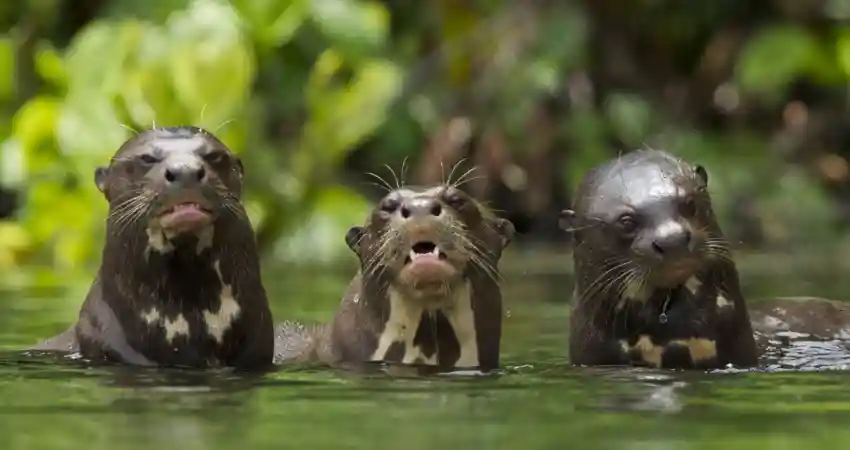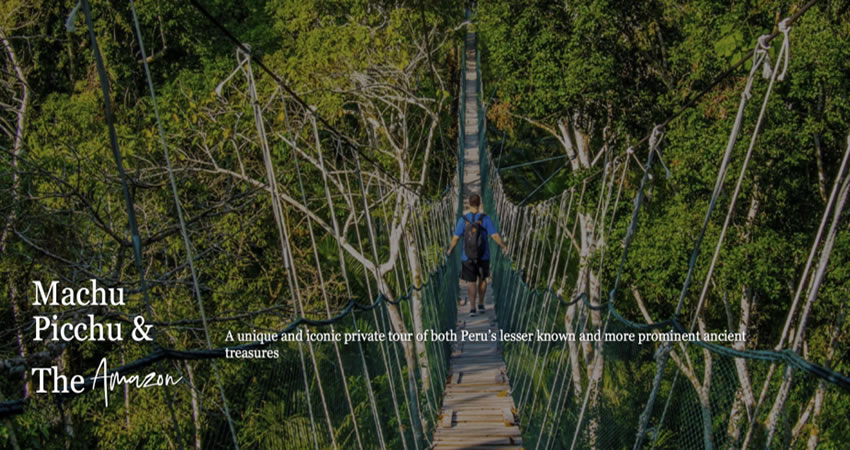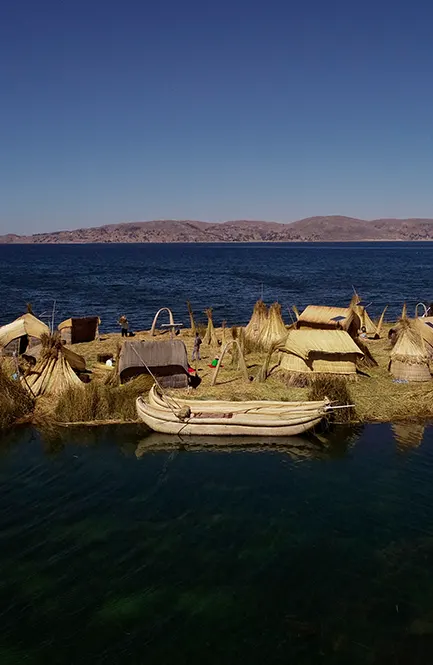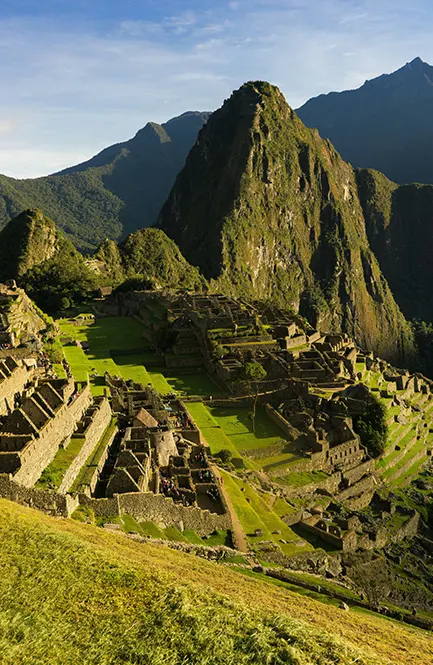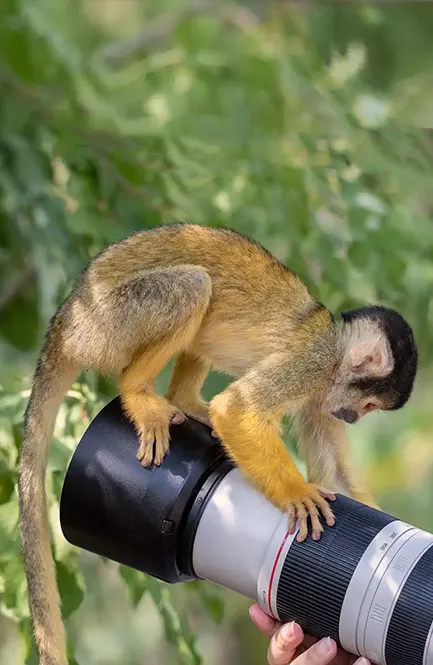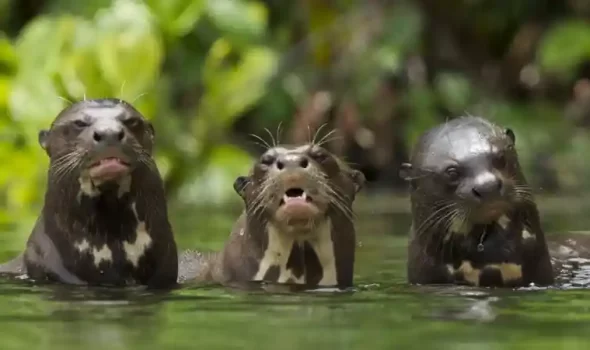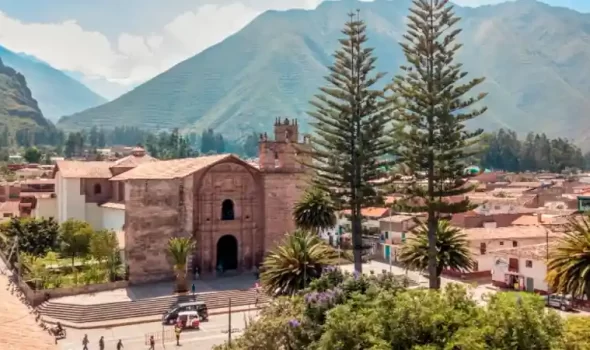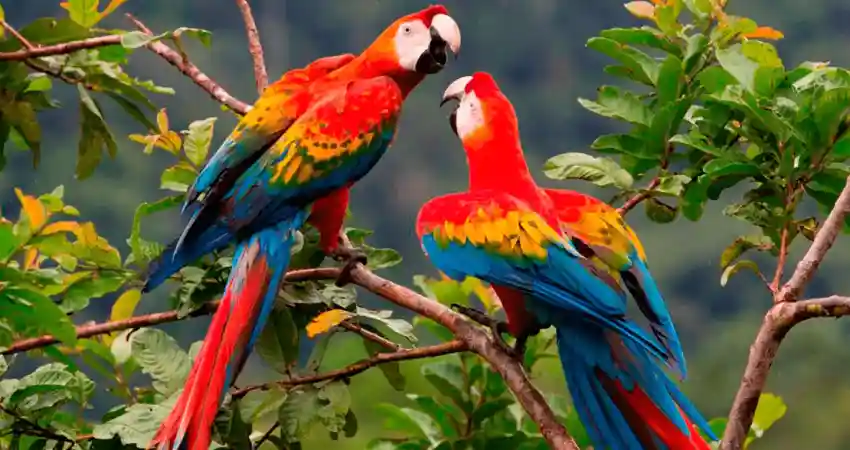
1.- INTRODUCTION TO MANU NATIONAL PARK PERU
The Manu National Park Peru is considered a hidden jewel in the recesses of Peru, a natural space so important that has been listed as a natural protected area by the Peruvian State since 1973, however what stands out and represents this place is undoubtedly also considered as a sanctuary for wildlife in addition to having a legacy of ancestral culture that provides an ecological balance to the environment. However, this value is not only given by the biological diversity but also by the ecosystem that remains almost intact thanks to laws and regulations established for the purpose of conservation and preservation through ecological activities which are directly related to the Manu National Park Tours.
This natural area is located on the southeast side, cataloged with the name of Manu National Park Peru has a territory that extends between regions such as Cusco and Madre de Dios, despite the aforementioned biodiversity is also important to note that contains one of the most incredible and extensive geography of the whole country as you can see from high mountains belonging to the Andean region and tropical places belonging to the plains of the Amazon which more than one aspect provides variety in climates, this natural space has been very attractive for scientists who seek to discover new things about natural life and also for travelers who seek to enjoy ecotourism activities or those passionate about photography it becomes a paradise.
2.- Territorial extension
The Manu National Park Peru has a quite large territory even measuring more than 1.7 million hectares being cataloged as one of the largest protected areas in South America and having such magnitude has different ecological zones divided according to altitude and climate which is directly related to natural life as special and unique habitats are created where animal and plant species are constantly developing.
- Low tropical rainforest
It is considered the lowest zone in this natural area, it is located less than 500 m above sea level and is characterized mainly by a dense and warm rainforest where biodiversity can develop without problems. In this place you can find primarily the presence of birds, reptiles, insects, mammals and local fauna that in many cases have not yet been classified, there is no doubt that this area is very important for climate regulation and carbon sequestration to clean the planet.
- Cloud forest
It is located between two 500 m above sea level and 3000 m above sea level where you can see a large expanse of cloud forest, containing a mainly humid ecosystem with high presence of fog, which directly acts as a biological corridor and connects the high and low places. This place is vital for the country’s best known species such as the spectacled bear, cock of the rock and countless species of orchids, it is also important to mention that the soils are extremely rich in minerals so they are ideal for activities such as agriculture and temperate climate favors such activity.
- Andean grasslands
They are cataloged as the highest area within the entire Manu National Park Peru as they are more than 3000 m above sea level and are also known as Puna, is classified as high mountain ecosystem and is the place where they have adapted many kinds of species to an extreme environment and in some cases arid, here in the vicuña, Andean fox and high Andean birds are who reign and have developed without contact with the rest of life. Of course, unlike the other areas, there is less biodiversity, but they have a vital and very important ecological function, since they participate in the water cycle and soil stability.
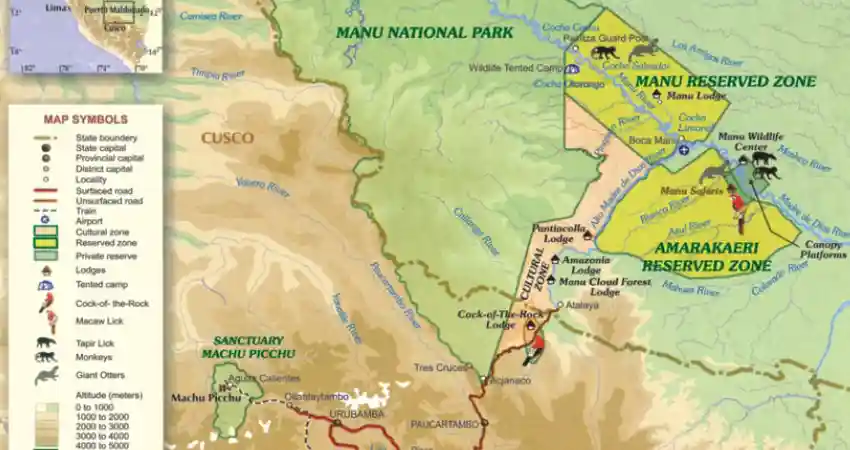
3.- THE REMARKABLE BIODIVERSITY OF MANU
Within the Manu National Park Map you can also appreciate that it contains a fairly high level of popularity around the world as it also contains one of the largest concentrations of biodiversity in the world, this nature reserve is considered a refuge for thousands of animal and plant species that in many cases have been declared at risk of extension and in other cases are endemic. Thanks to the geographic diversity that exists there are many varieties of habitats that are the center of development of wild habitation.
There is no doubt that the Manu National Park Tours make a visit to Peru something unique because it has more than 1000 kinds of birds, 200 species of mammals, 130 of reptiles, 300 of amphibians, 1300 kinds of butterflies and amazingly more than 15000 varieties of plants that in many cases can not be identified or cataloged, so this natural park is considered one of the places with the greatest biological diversity per square meter.
4.- Main species of animals
4.1.- Mammals
In its interior this place hides a great amount of natural life like the Jaguar (panthera onca) that is catalogued as the biggest feline of all America, its habitat inside this natural area is ideal for its development and survival since it finds a great variety of preys and has isolation so it can hunt without inconveniences, on the other hand it is also possible to find other kind of mammals like the tapir, puma and the white-lipped peccary.
4.2.- Primates
Within Manu you can also find the habitat of more than 14 species of primates that compared to other parts of the world is a great number, among these species are mainly the spider monkey, howler monkey and red howler monkey that are classified as special by the complex social structure it has and also the ecological importance due to its main function of spreading seeds which gives them the role of being key to the health of the ecosystem.
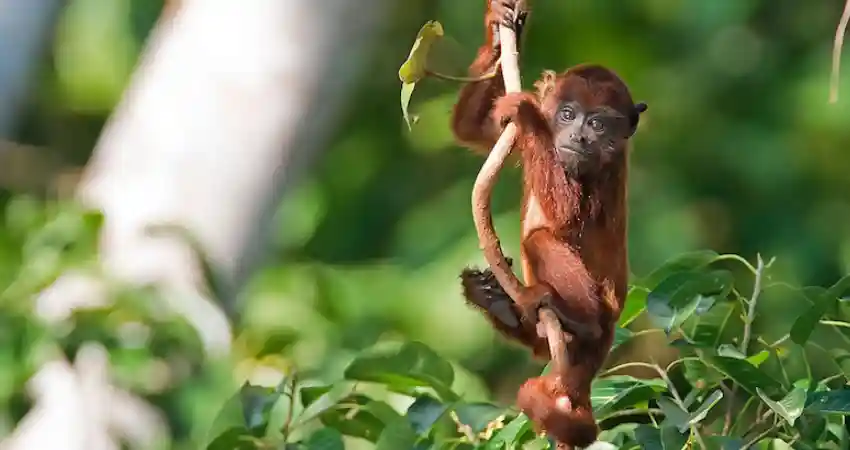
4.3.- Bird species
It is also important to mention that Manu is considered one of the paradises for ornithologists because it is the place where you can enjoy the presence of unique and special birds such as the scarlet macaw, cock of the rock (this bird is considered the national bird of Peru), the toucan and many other varieties of hummingbirds that are popular for their beauty and distinctive colors. Undoubtedly what stands out the most is the presence of macaw clay licks where they gather to eat clay, this is one of the main spectacles that you can enjoy.
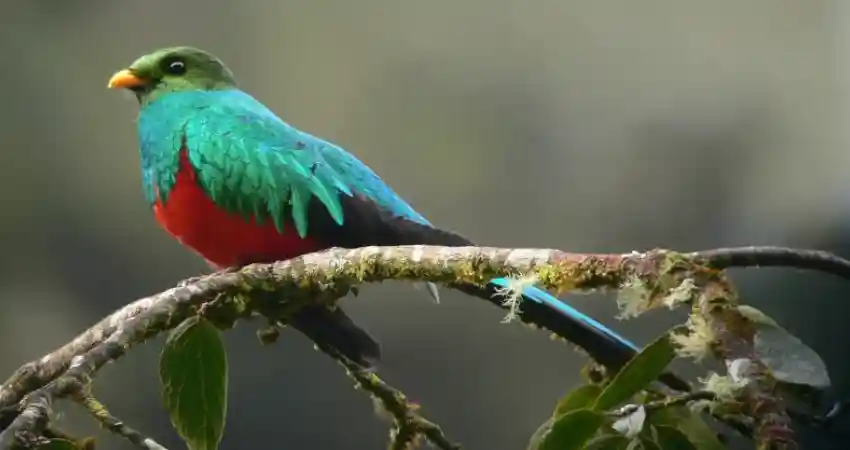
4.4.- Flora
The wide variety of flora that exists throughout the jungle undoubtedly highlights the presence of medicinal plants that have been used by local people for generations for the benefits it brings to the body and the healing properties they contain. In many cases these varieties have bioactive compounds that make them ideal for the development of new medicines, among these undoubtedly include cat’s claw, ayahuasca and of course the blood of degree that are highly valued for belonging to traditional medicine.
| “Don’t live to work, work to travel and travel to live.” |
On the other hand the presence of forests is also easily distinguished by the presence of colossal species such as ceiba, lupuna or shihuahuaco which can easily exceed 40 meters in height thus creating an ecosystem canopy with tropical environment, in addition it should be considered that these places are also home to multiple species of wildlife. On the other hand they also play the role of capturing and reducing the percentage of carbon in the environment which helps with climate balance, of course it should also be noted that by the extent that has the territory of the vast forests there are areas where it has not come to explore so they are ideal for science in research and environmental awareness in preservation.
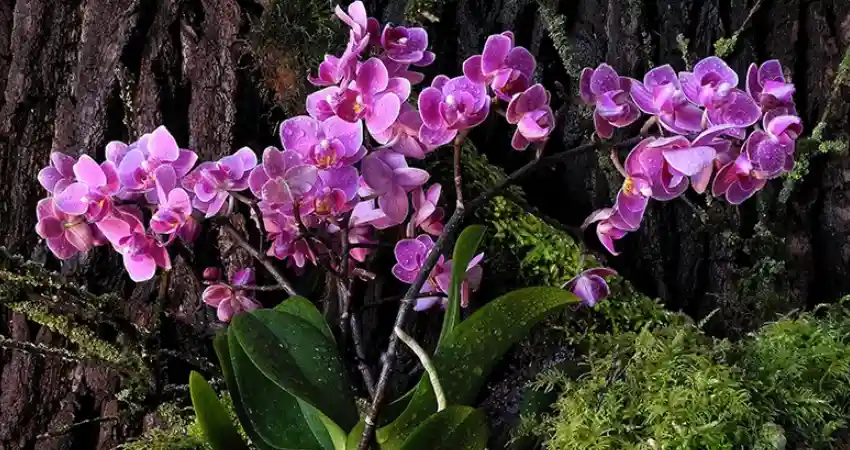
5.- PLANNING YOUR TRIP TO MANU NATIONAL PARK
Your next adventure in Manu will be a unique and unforgettable experience, however you should keep in mind the information about the Manu National Park Map because in this way you can find a deeper connection with nature as well as take advantage of the times, seasons and other aspects of the trip.
5.1.- Best time to visit Manu
The first thing to consider is that the best time of the year to visit Manu is during the dry season that occurs between May and October, this time is characterized mainly by having a reduced frequency of rainfall and allows the water level in rivers and many trails to drop to the point where it can be more accessible so that hiking activities and excursions into the jungle become possible, it is also the ideal time to access areas where ecosystems are teeming with wildlife.
In this season it is also possible to appreciate large mammals such as tapirs, jaguars and various kinds of monkeys, besides the vegetation becomes less dense and animals are easily visible in water sources, on the other hand it is also a great opportunity to appreciate the immense amount of birds that exist in the area being the most attractive the macaw clay lick, also the activity of amphibians, reptiles and insects increases making it easier to see them.

5.2.- Permits and documentation
It is important to understand that in order to enter Manu you need a special permit that is issued directly by SERNANP, this is purchased only through authorized agencies that have at their disposal guides specialized in biodiversity activities and environmental adventure so not all companies can do it, you should also take into consideration that you should always carry your passport, travel insurance and essentially the vaccination card because when visiting an area belonging to the jungle is required vaccination against yellow fever and malaria.
6.- ITS PROTECTION ASSURES THE FUTURE
“When choosing Manu National Park Peru as a destination for 2025 it is important to understand that you must have a responsibility from the first moment since the preservation of this place is very important and even vital not only for Peru but for the world because it has the function of being a balance that provides a climatic and biological balance for all, for this reason in 1987 UNESCO declared it as a world heritage of humanity.”
7.- FAQs
- How do I get to Manu National Park from Cusco?
From the city of Cusco it is possible to get to this protected area with a combination of transportation, first you leave by car to Pilcopata or Atalaya where you continue the trip by boat on the Alto Madre De Dios River towards the entrance point of the national park, this route takes about 2 days so it is recommended that you have extended days to live this experience.
- How many days do I need to visit Manu National Park?
The recommended time is 4 or 5 days so that you have enough time to know all the most important places between ecosystems, reserved areas and deeper spaces.
- Do I need a guide to visit Manu National Park?
Yes, this is a mandatory regulation that must be met when planning the visit to Manu, this is not only by order in fact it is also done to ensure the safety of visitors with the intention that the rules are met and there is a responsibility during the visit.
- Is Manu National Park safe for tourists?
Yes, it has become a safe place for visitors as long as they comply with the recommendations, in addition to always being in the company of a professional guide specialized in this type of visits and an accredited travel agency.
- What animals can I see in Manu National Park?
Inside Manu you can see wildlife species such as jaguars, tapirs, howler monkeys, spider monkeys, giant otters and many other species, in addition to more than 1000 specific birds such as macaws, toucans, hummingbirds and the national bird of Peru, the cock of the rock.
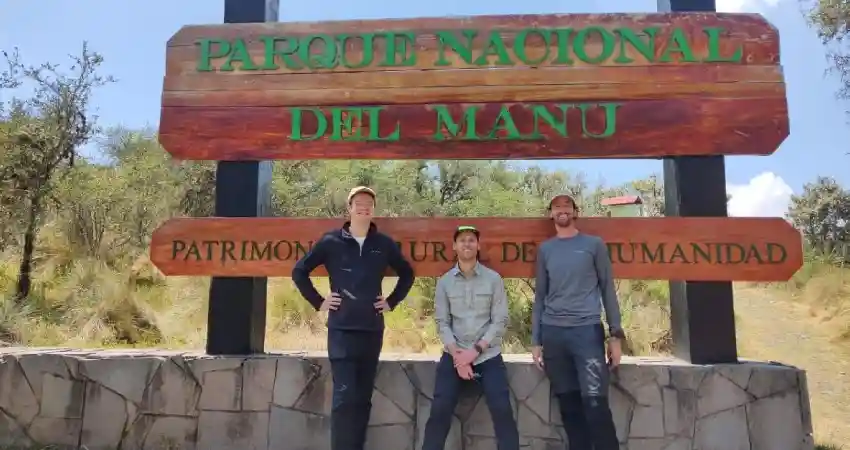
It’s time to start planning your next adventure to Peru and you are just a click away. Auri Peru can organize an experience in this destination even though it has a remote location, contact us now and enjoy a fun and responsible trip.
“An “I love you” is exciting, but a trip changes your life.”




